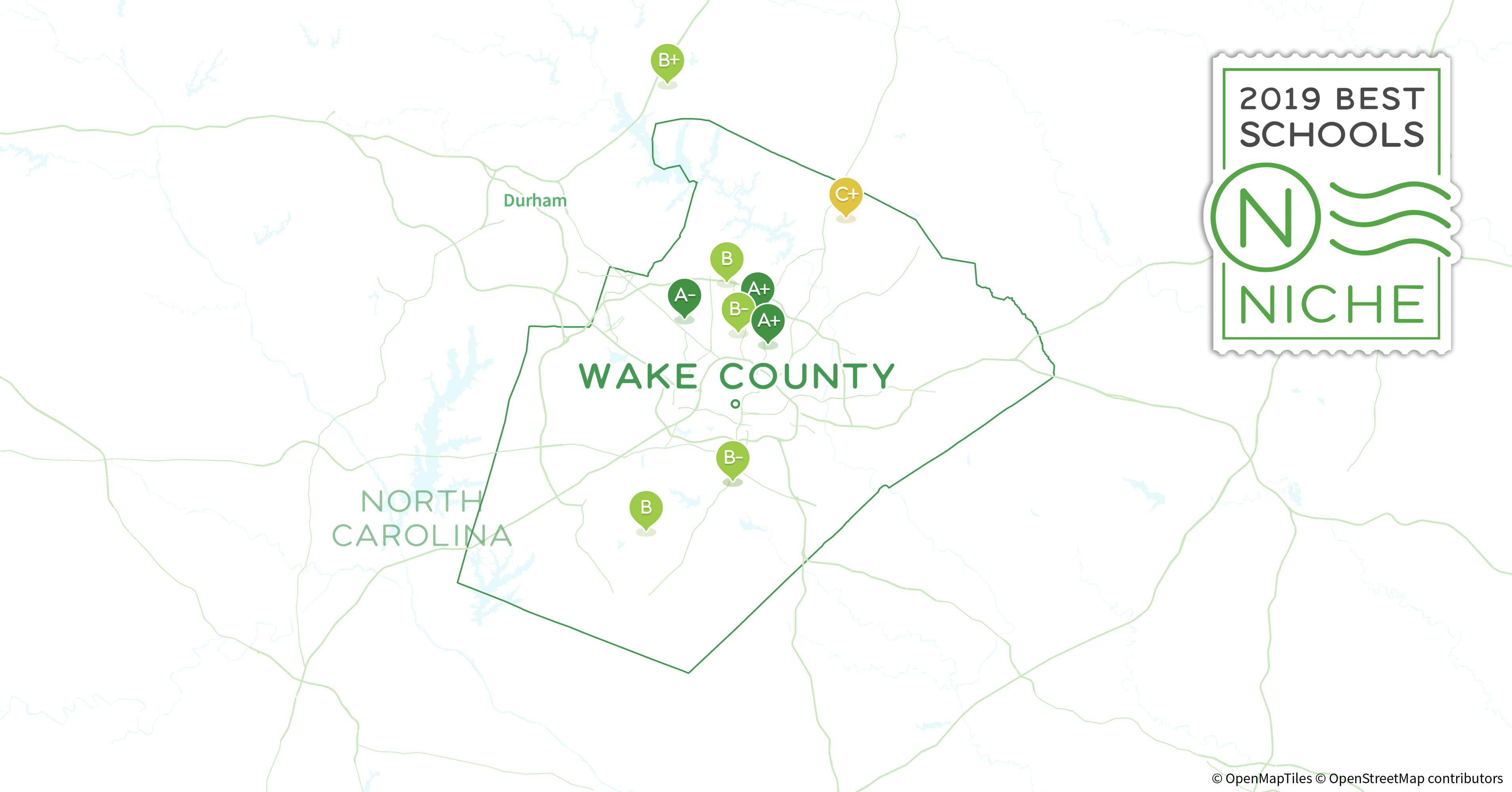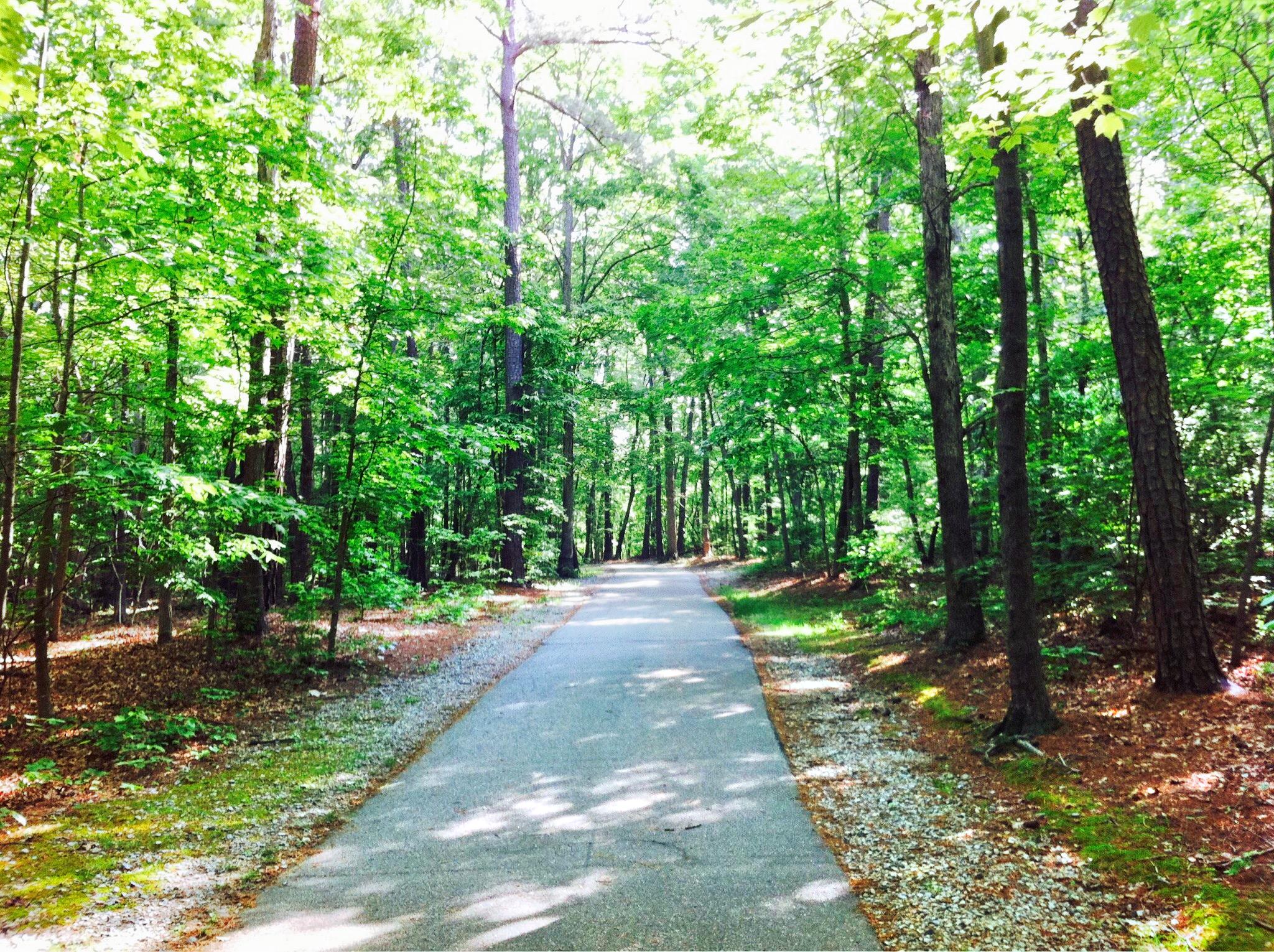

The second phase, a transitional period that began after the war and lasted into the 1880s, involved a sudden shift to cotton production throughout the county at a time when world cotton prices were steadily declining, eventually causing widespread indebtedness and farm tenancy. The first, lasting from the eighteenth century to about the time of the Civil War, was characterized by slow population growth and predominantly subsistence farming, with some limited expansion in commercial productions of cotton and tobacco spurred by railroad construction in the 1840s and 1850s. The county's socio-economic development before World War II can be divided into four periods. Raleigh, though the seat of state and county government, remained a sleepy southern town until the 1920s, and the surrounding countryside remained primarily rural and agriculturally based until after World War II.

Because of the county's geographic position and much politicking by local residents, state leaders decided to locate North Carolina's capital there in 1792. English yeoman and planter families, a few Scotch-Irish, and African slaves began settling in what is now Wake County in the 1730s. Few cultural remains of these longtime residents have survived over the last two and a half centuries, except some tools, weapons, pottery, and a trail-blazing tree in north-central Wake believed to have been used to point travelers toward a Neuse River crossing. The county was inhabited thousands of years before the early eighteenth century by Indians who traveled, hunted, fished, farmed, and raised families along rivers and creeks. There are numerous rock outcroppings in the latter two areas which have hindered or even prevented crop cultivation in some cases. The county's western section lies in the Triassic basin, consisting mainly of red and gray sandstones and shales. The eastern and central sections are in the rich Piedmont Plateau, with soils being formed by the weathering of underlying rock formations. Much of the southeastern and extreme southern portion of the county is within the Coastal Plain, having finer sandy soils formed by sedimentary deposits. Farmers have found its three major soil types well adapted to cotton, tobacco, corn, sweet potatoes, and other important food and cash crops. Consisting of 867 square miles, Wake is seventh in size and second in population among North Carolina's one hundred counties. It is drained by the Neuse and Little rivers and numerous creeks. Unemployment (2004): 4.30% Unemployment change (from 2000): 1.00% Median travel time to work: 24.70 minutes Working outside county of residence: 19.Created in 1771 from Johnston, Cumberland, and Orange counties, Wake County lies in central North Carolina along the border of the Piedmont and Coastal Plain regions. Name Origin: For Margaret Wake (1733-1819), wife of Gov. In north-central NC, east of Durham organized 1771 (prior to statehood) from Cumberland, Johnston, and Orange counties.


 0 kommentar(er)
0 kommentar(er)
